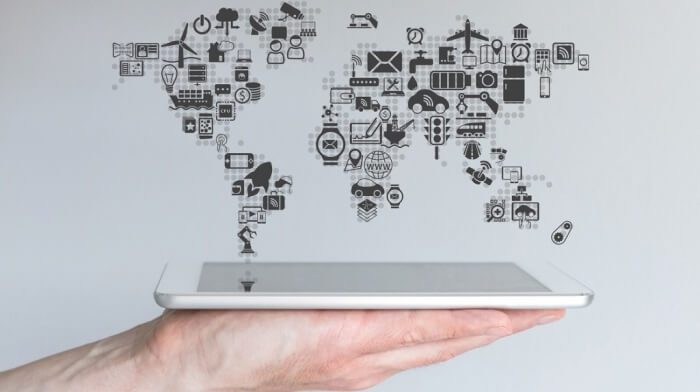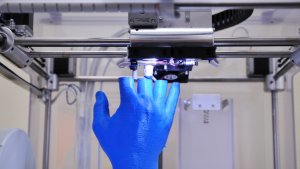The Future Of Enterprise Mobility
Mobile workforces, the IoT and predictive analytics will all feature heavily.

Businesses are under increasing pressure to adopt lean, agile and flexible structures to keep up with the changeable working environment. Here's what we can all expect in the next 12 months.
The gap between ‘Line of Business’/’Industrial’ mobility and the broader enterprise will continue to blur
Traditional rugged hardware vendors will continue in their quest to decrease the size of new devices to give them an increasingly consumer smartphone look and feel and will increase their support for Android.
All of this is in an effort to combat market erosion from relative new players to the enterprise mobility space such as Samsung. Smartphone vendors with an eye on the business sector will continue to develop their product to make it increasingly robust and able to withstand drops and knocks and even water.
We have already seen a number of these features built into some of the most popular consumer smartphones, but we expect that they will also begin to provide enterprise software and security features, blurring the line between ‘rugged’ and ‘consumer’ devices even further.
Additionally, hybrid solutions that use a variety of devices to meet the needs of different use cases within an organisation will become the norm. There is no one size fits all.
Workforce mobilisation will continue to increase
As businesses come under continued pressure to do things faster and cheaper than ever before and to build competitive advantage they are going to look to enterprise mobility solutions to support this. We will see an increase in the range of services offered and managed by mobile workers.
This will further empower mobile employees helping to foster a better work experience and also enabling them to make a more meaningful contribution to the strategic goals of the organisation they work for.
To support this businesses are going to need highly reliable mobile solutions or they will fail to deliver on their promises risking damage to their brand and costly financial penalties for breaching service level agreements.
Unreliable technology will also lead to mobile employees becoming frustrated and disengaged from the new processes falling back on old methods adding further business risk.
In addition to highly reliable mobile technology, communications, whether via WWAN or WLAN, are are also going to need to be robust and able to respond faster to support the increased need for real time decision making throughout the supply chain and specifically at the point of contact with the customer.
IoT will start to move from hype to reality
There has been a huge amount of buzz about IoT and many businesses already have connected ‘things’ within their company without even realising it, such as printers that automatically reorder toner or coffee machines that notify the service company when they need an engineer to come and fix them.
The opportunity for IoT is huge but within the enterprise mobility space it is still in its infancy. As with the early stages of the enterprise mobility market, this growth will initially be technology driven.
Real use cases, combining enterprise mobility and IoT solutions will start to emerge, probably towards the end of 2017, and this will be the real catalyst for growth in IoT further fuelled by standardisation of IoT platforms and increased security.
A second prediction is the Internet of Things will be much more important for channel companies. While standards are still some time away, there is no doubt that the continued development of IoT will impact the role that the channel takes in the future. Mobile performance analytics are essentially a subset of IoT and can position a channel partner well for the future adoption on a broader scale.
Requirements for real-time predictive and prescriptive analytics to provide ‘smarter insights’ will increase
Supported by technologies providing smart aggregation of data and machine based learning, mobile analytics will go a step further in 2017 to provide real-time predictive and prescriptive insights.
This will be driven by demand for increased traceability across the supply chain (e.g. retail, healthcare, agricultural) combined with pressure to measure the effectiveness of the raft of new mobile workforce services that we are going to see.
Tomorrow’s technology will redefine how data is used; adding new capabilities for creating systems that interact with humans naturally. These capabilities include interpreting data, learning from frequent interactions and even proposing new strategies.
Economic pressures combined with increased recognition of the current issues with mobile deployments that affect productivity means that Boards will want to be sure that they can achieve measurable ROI from mobile solutions before they sign off on increasing investments. Smarter insights from predictive and prescriptive analytics will give them this enhanced visibility.
In support of this I expect to see the continuing growth of the service provider sector across the whole of the IT industry as companies struggle to drive innovation and transformation and look to services to growth their business more profitably.
Thanks for signing up to Minutehack alerts.
Brilliant editorials heading your way soon.
Okay, Thanks!




